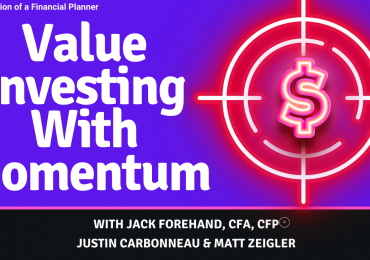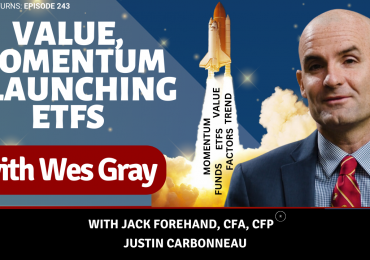Late last month, the iShares MSCI USA Momentum Factor ETF, which offers maximum exposure to the momentum factor, was rebalanced, offering clues to market-beating strategies, contends Ryan Jackson, a Manager Research Analyst of Passive Strategies at Morningstar who tracks the fund, in an interview for Morningstar.
The momentum factor posits that winning stocks in the short term will continue to win for a longer period of time. It’s a relatively simple approach that rides on the belief that investors are usually too slow to factor in new information to their decisions, so well-performing stocks can continue to ride that winning wave. The strategy works “across different market cap segments, across geographies, across decades, different time periods,” Jackson says in the interview. While it can be expensive and timely to implement, it’s a “robust” approach. The Momentum ETF is an easy way for investors to gain exposure to momentum in the U.S. market, as it tracks the MSCI USA Momentum SR Varient Index, which is built to assign momentum scores to large- and mid-cap U.S. equities. Based on that score, the top 125 stocks are added to the benchmark and weighted using the combination of their score and market capitalization. Every year in May and November, the index totally rebalances so investors are getting exposure to the most recent best-performing stocks, Jackson explains.
The most recent reshuffle has the ETF tilting toward growth once again, after seesawing back and forth between growth and value over the last couple of years. Before May’s rebalance, tech only accounted for 3% of the portfolio; after, it’s at 27%. Communication services jumped from 2% to 10%, and stake in consumer discretionary went from 7% to 14%. Meanwhile, healthcare holdings dropped from 39% to 19%, energy fell from 24% to 5%, and other areas such as consumer staples and utility stocks were also cut. Specific stocks that Jackson highlights as future winners were Nvidia, unsurprisingly, as well as a handful of semiconductor companies including Broadcom, and Advanced Micro Devices. Mega-cap tech companies such as Microsoft, Netflix, and Meta were also added after being dropped last year in favor of value, as well as some newcomers like Chipotle and GE that have had a strong showing over the last several months. Among those stocks that were dropped from the portfolio include energy giants ConocoPhillips and Chevron, as well as healthcare companies UnitedHealth Group and AbbVie. In all, “67% of the portfolio turned over, all in one fell swoop,” Jackson told Morningstar.
That shake-up underlines how important it is for investors to understand what they’re getting when they use the momentum factor. The rebalancing can sometimes be more pronounced than other times, and this particular ETF has had solid success by using the momentum factor to reshuffle the deck in order to maximize results. The Momentum ETF charges the competitive rate of 15 basis points per year, and while the process “does have a couple of flaws,” it’s a very solid approach, and “the pros generally outweigh the cons,” Jackson says. The fund earned Morningstar’s Medalist Rating of Bronze because of the belief that it “will outperform its category index…over the long-term.” If investors can stick it out through the rebalances, they are likely to be rewarded in the future.









